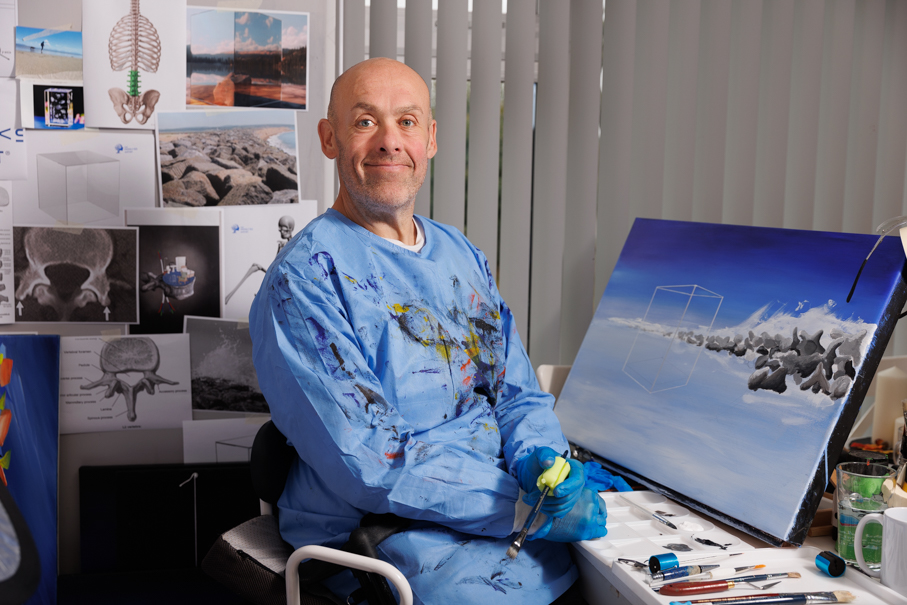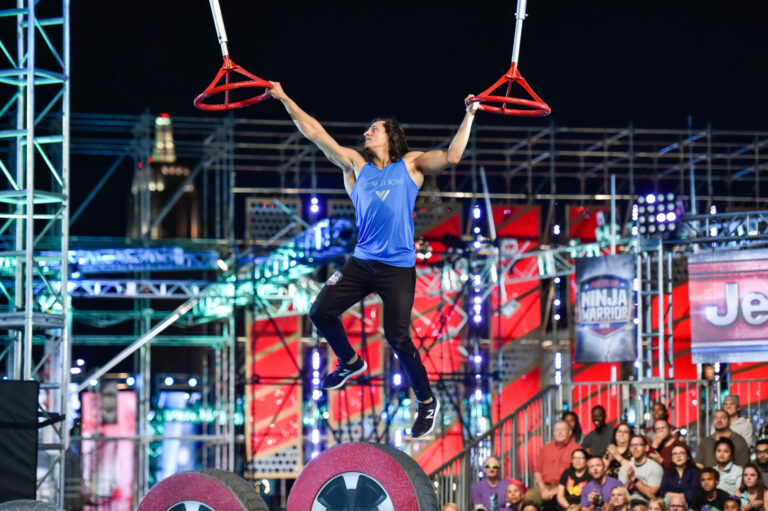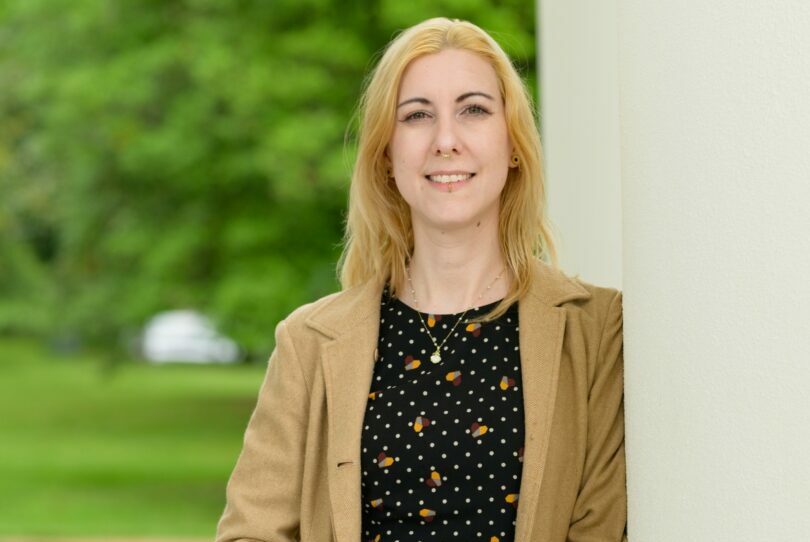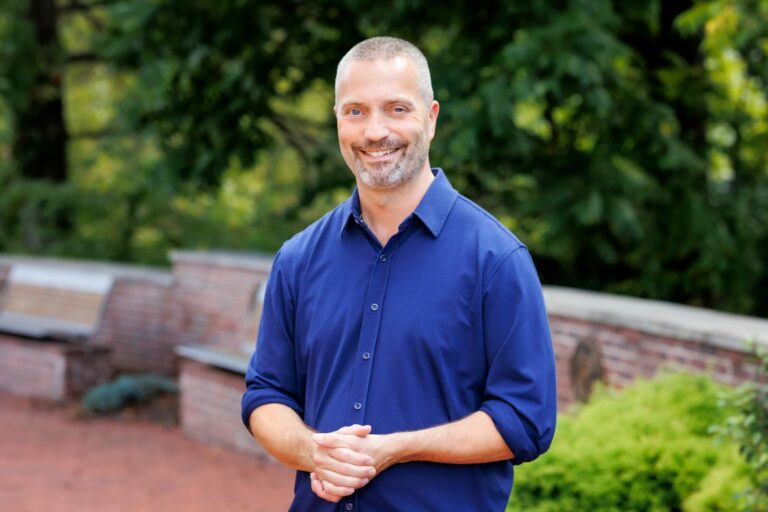We caught up with the brilliant and insightful Wayne Howard-Saunders a few weeks ago and have shared our conversation below.
Hi Wayne, thank you for being such a positive, uplifting person. We’ve noticed that so many of the successful folks we’ve had the good fortune of connecting with have high levels of optimism and so we’d love to hear about your optimism and where you think it comes from.
Having lived with major spinal injuries for over a decade and a half, I have had no option but to find positivity and optimism where I can. My outlook is definitely a cup half full and that the good will outweigh the bad, even on the exceptionally bad days, I try to keep this mind set. For me, the artwork enables me to focus on my skill, creativity and passion-at my own pace.
I know I am a lot slower, physically, and there are some days that I just cannot paint due to flare ups, pain and appointments, but it allows me also to sit back and think over the artwork. Some artwork is more scientific in terms of design than others, but looking at one piece of art, which I actually painted for my mother, (Which I entitled, ‘A feeling of a new season’). I completed this during a severe flare up, which turned out to be a second episode of Cauda Equina, and meant I was hospitalised and in need of surgery days later. Looking at that painting now, it does resemble a spine. Subconsciously this must have been on my mind a great deal as I was painting, and this shows through in the artwork, that despite the excruciating pain, I had a focus .
The artwork I have created are not restricted to one genre of art. More often than not, I do paint with acrylics, due to the speed. Oils typically take longer to dry, and this works well for me if I am having a bad day. I also have a Master’s Degree in Digital Design, and do use this still to create pieces of art digitally, which means I can do this on a laptop, laying on a bed, when pain or my symptoms are out of control.
I addition, I also have a degree in Industrial Design and Manufacturing, plus a degree in Forensic Science, and feel this shows through my artwork at different times.
I am aware that my conditions are worsening, and my dexterity changes. But when I am particularly struggling, I know I can splash some paint around and still can create a piece of art, coming back to it from time to time when pain allows.
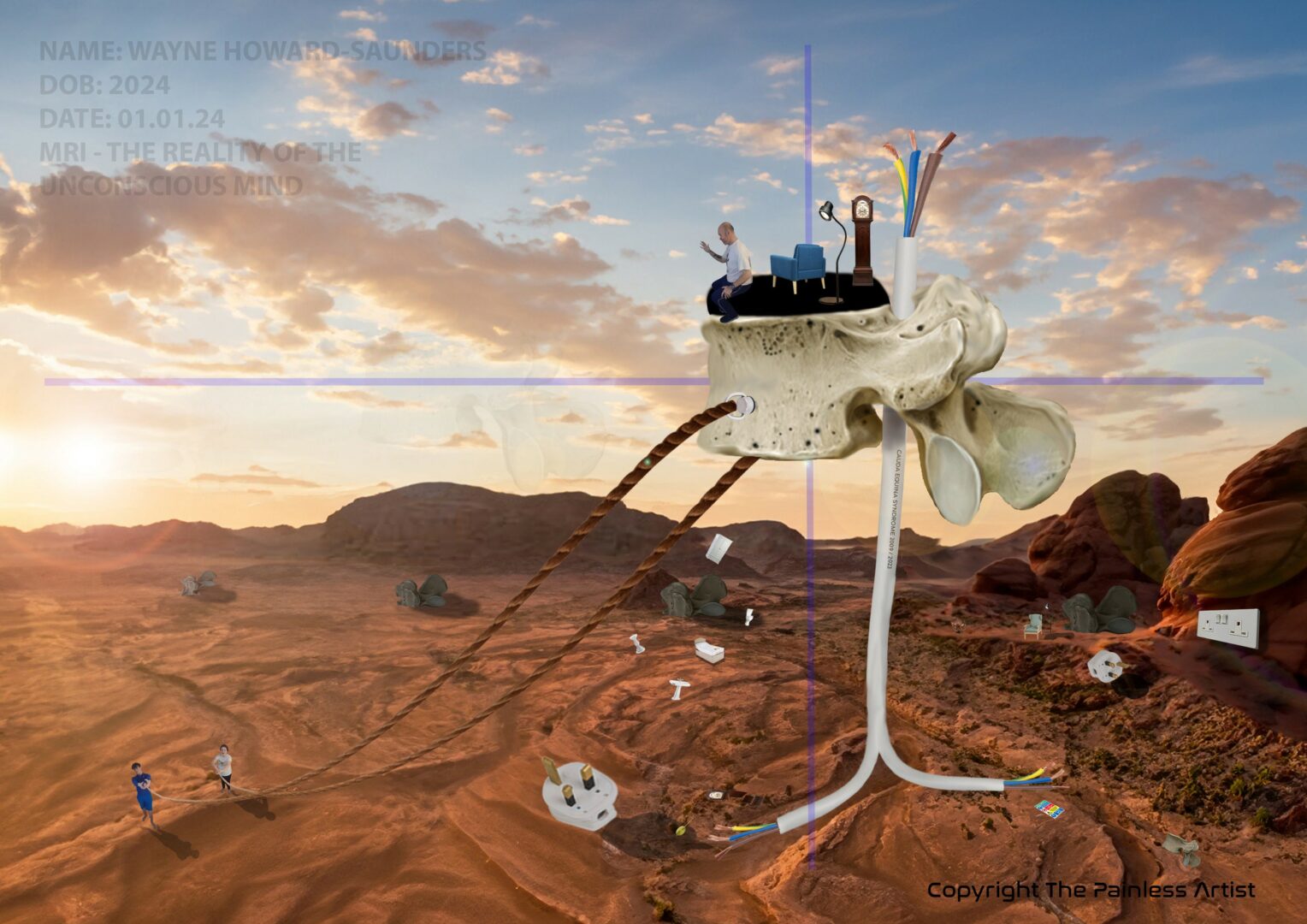
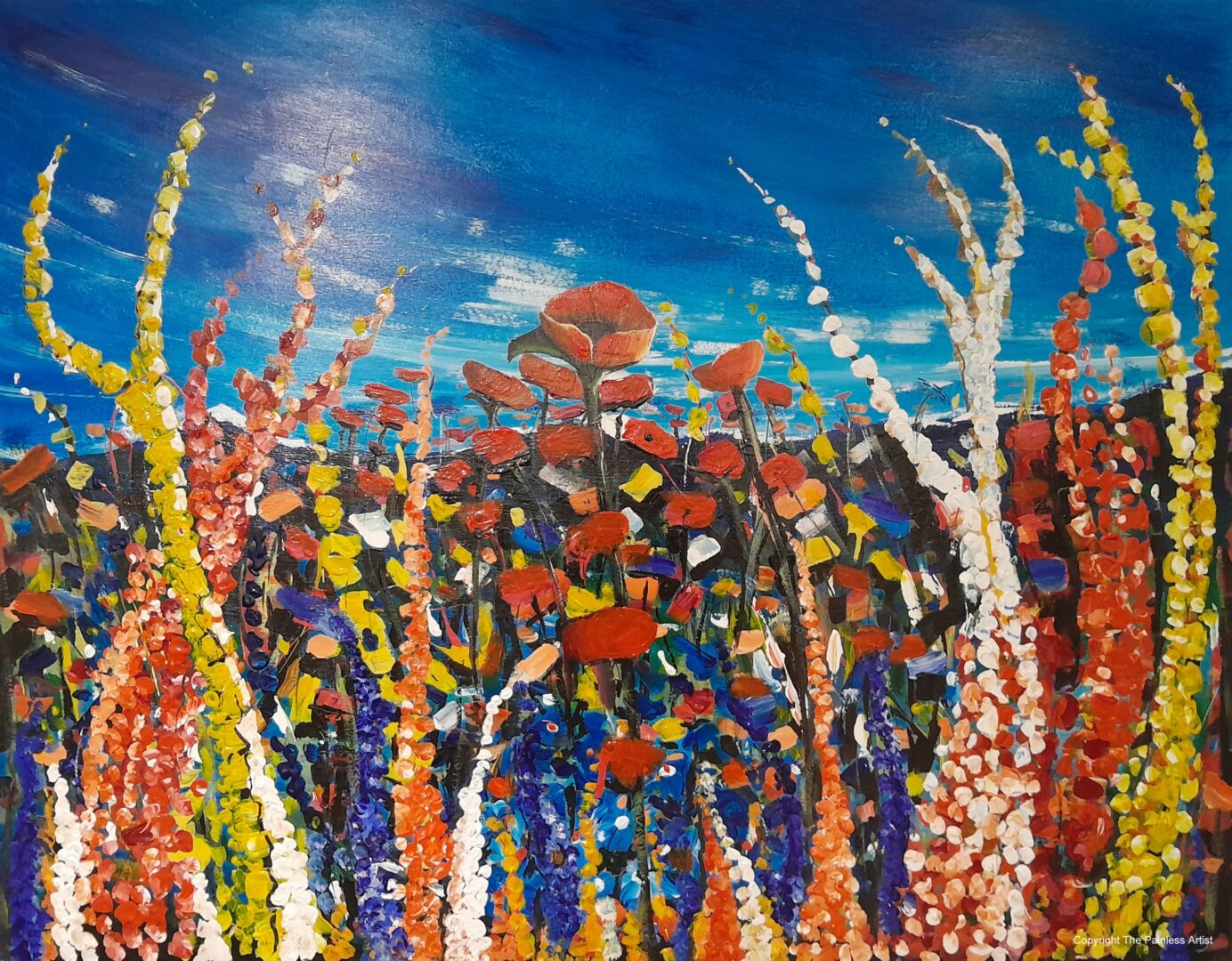
Let’s take a small detour – maybe you can share a bit about yourself before we dive back into some of the other questions we had for you?
In 2008, I had an accident at work, which resulted in me needing major spinal surgery. I was later medically retired from work as a result. Subsequently had another spinal injury, resulting in a second Cauda Equina Episode (Crushed spinal nerves), which resulted in further major surgery. I was also diagnosed, as a secondary consequence of spinal injury with Dystonia and Central Pain Syndrome; which has progressed, in my opinion. Therefore, I needed a positive distraction, given the amount of time I have at home, and needed a focus and mental distraction of how my body was changing, against my will, and a focus for my future.
I have combined all these elements, as well as my lived experiences to create a space for me to comfortably paint, and this has evolved into my brand, ‘The Painless Artist’. I have taken out a loan and converted what was my old, leaky garage, into a warm art studio/ therapy room for me.
‘The Painless Artist’ enables me to promote not just my creativity, but as a trusted established individual that can give hope and support to others who, like me, have similar difficulties. This is not something that I get financial gain from. I am an Ambassador for the Cauda Equina Champions Charity, and am also supported by the charity which have worked tirelessly to support me. I want to inspire others through visual arts and also educate the medical sector and general public in terms of what it is like to live with a spinal injury. Often with a twist of humour and using surrealism to visually unlock my thoughts and create interesting images that makes the viewer question its meaning. The more I am creating, the more I am drawn to surrealism, and its principles, which started just over 100 years ago. I’ve had great feedback, and my work has been compared in the style of other artists, such as Salvador Dali and Rene Magritte; which is a great honour.
I have always enjoyed art from a young age and took inspiration from my Maternal Great Uncle, the late English painter, Edgar Bundy. I don’t want to waste time and live with regret, so want to maximise my skill and capabilities, despite my limitations.
Currently, I am waiting to have the Painless Artist brand put up in the studio, which will be the finishing touch to what I have achieved. I am currently in talks with a leading law firm about hosting an exhibition of the work created so far. This will be one of the major events for me in 2025 and in the late part of this year I’ll be hosting a talk to key dignitaries on my journey and art as a productive way of living with spinal injuries and trauma.
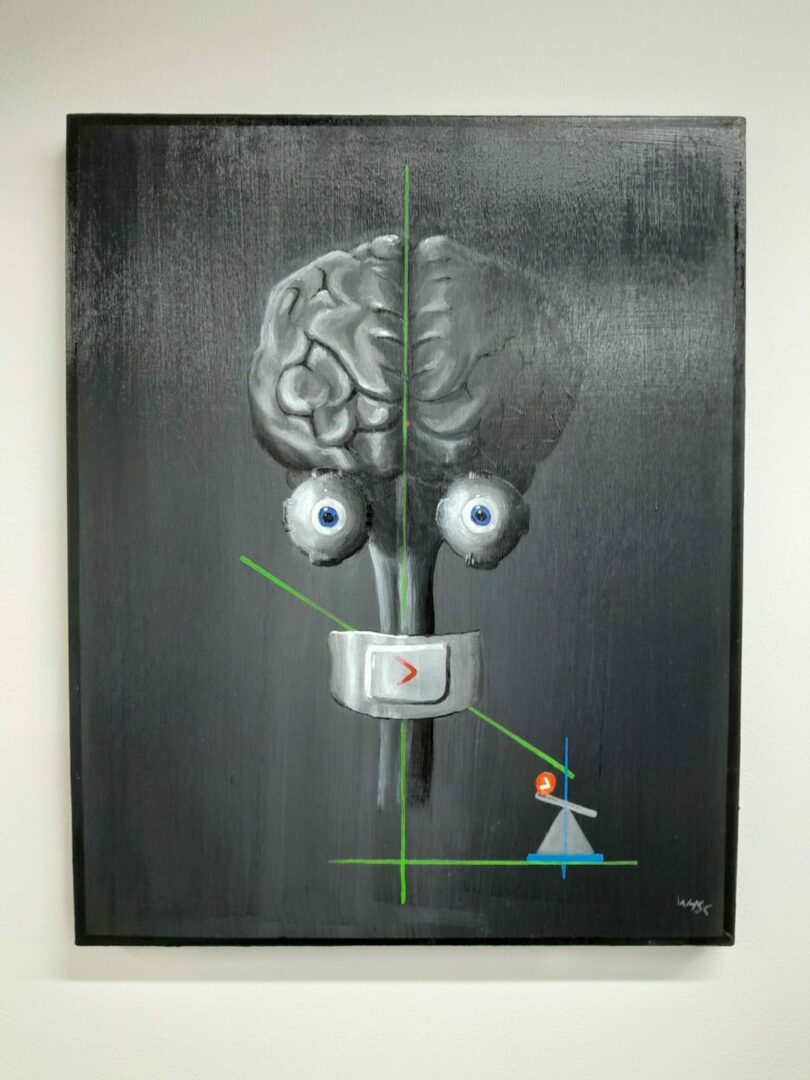
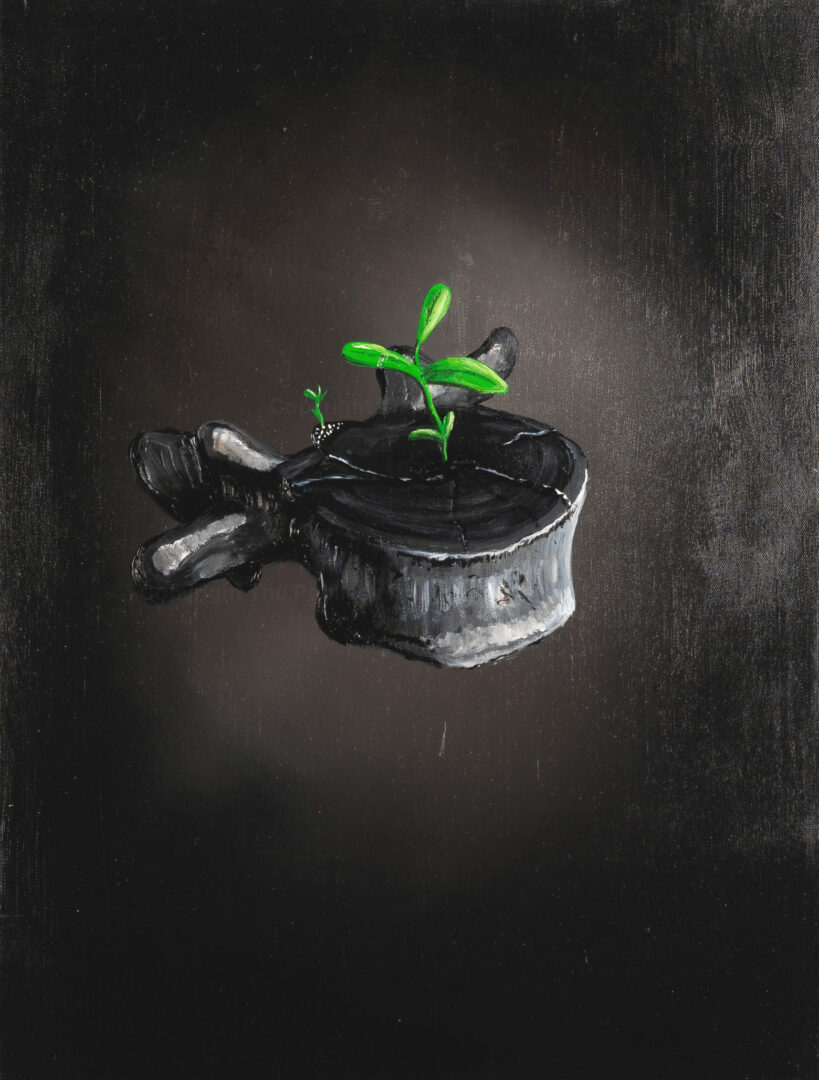
If you had to pick three qualities that are most important to develop, which three would you say matter most?
For me, I would say
Accept the journey. It is what it is and you find a way through that works for you.
Learning to adapt. This is a life-long skill and hard to master; but it is an essential part of the journey. I always go back to this principle when I am suffering and having a really bad day. For example, if my dexterity of my hands is affected above what is normal for me, I can do something online that is creative; and also I try to prioritise learning something different, for example going on Youtube, and finding out about different artists and techniques.
Trusting the process. 8 out of 10 times the artwork doesn’t come out the way I want it to, and I have to keep repainting and repainting it, which is really frustrating. Sometimes a piece of art comes together without being forced. I am still learning to enjoy the process- not just the final piece.
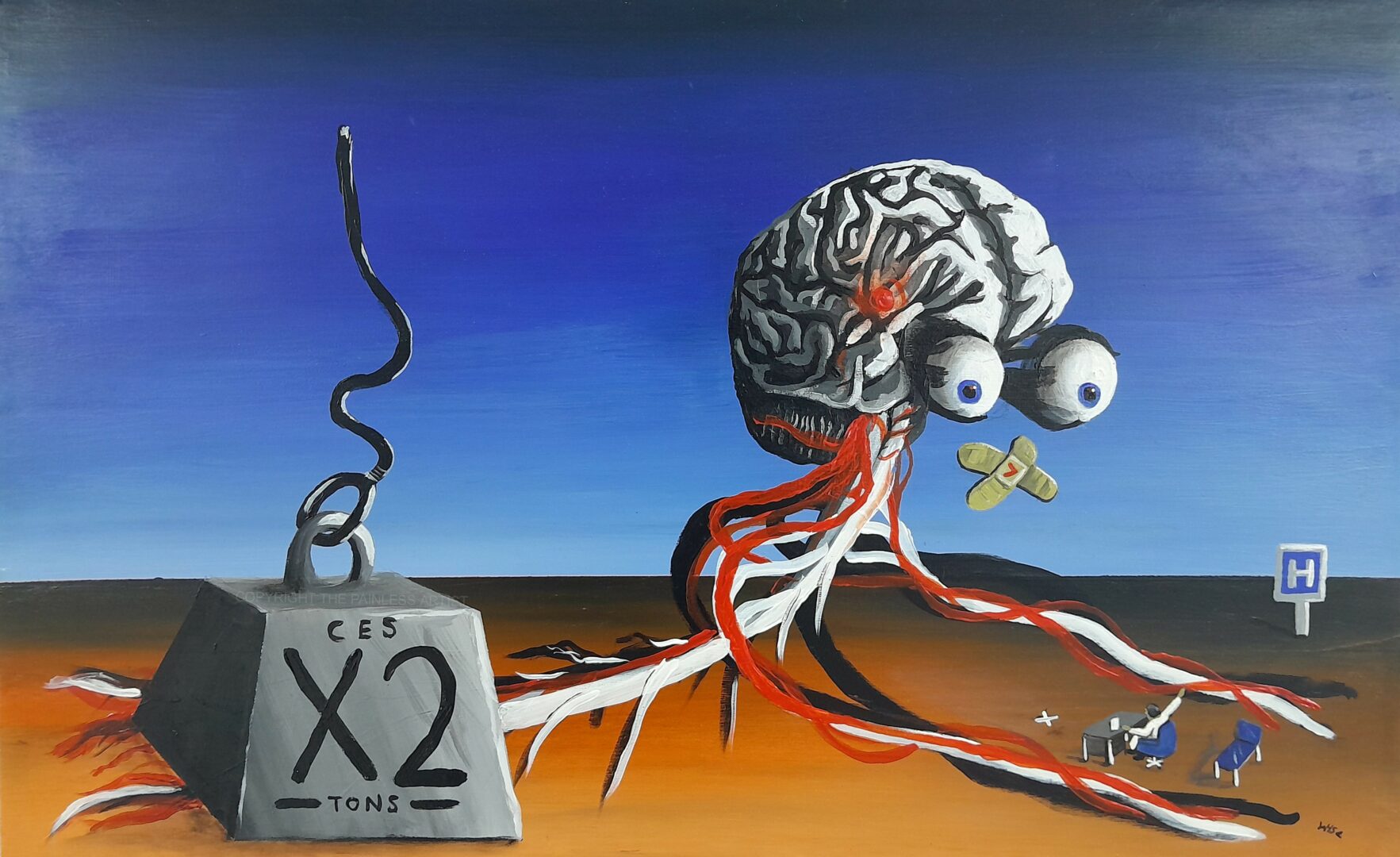
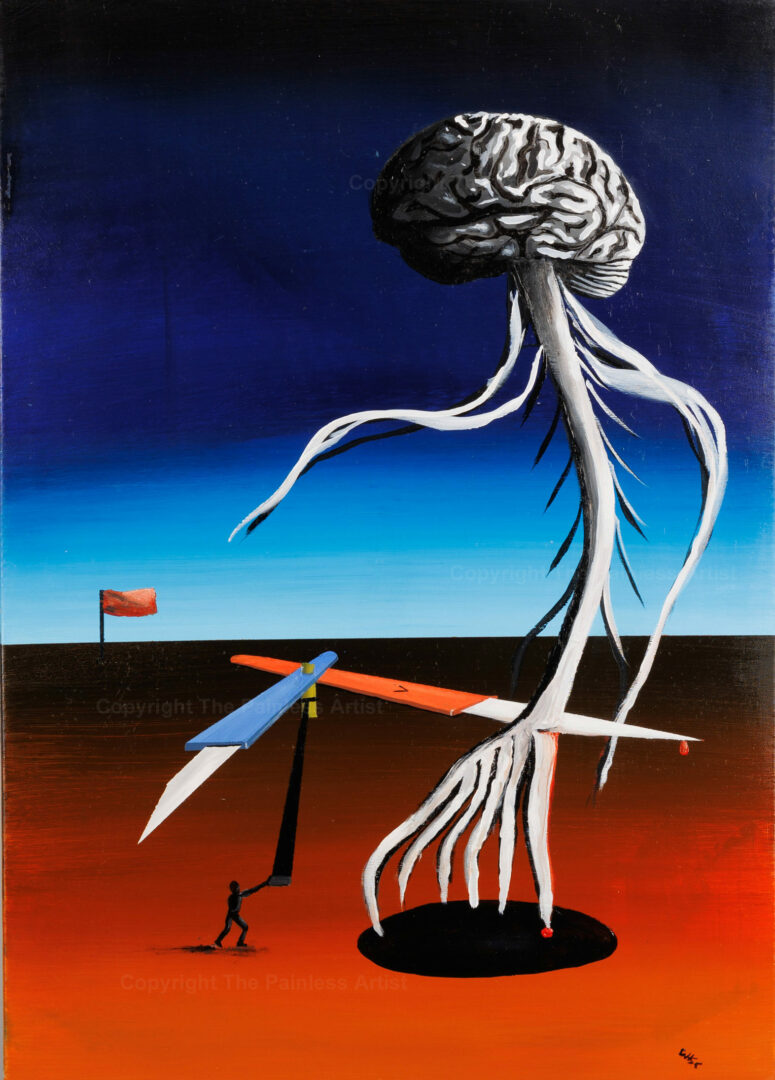
One of our goals is to help like-minded folks with similar goals connect and so before we go we want to ask if you are looking to partner or collab with others – and if so, what would make the ideal collaborator or partner?
Due to my personal circumstances and limited income, it would be great to collaborate with companies or individuals who have a profile in promoting individual artists or disabilities. I can clearly see having a sponsor that would help in donating or funding art materials, which would help take the pressure off of me. I took out a large loan as I could see the benefits of having a dedicated art studio, and somewhere I can spend a lot of time during the day to keep warm; as due to one of my conditions, I am adversely affected by ambient temperature, and it is more cost effective than heating my residential home; so I am currently looking into whether a sponsorship option is a possibility. This would be included on the website and social media.
I also have hopes for the future and opportunities to showcase my work, which are really exciting, so to have someone collaborate would enable me to reach my potential and to get The Painless Artist name ‘out there’.
If you are interested- please contact me via the website www.thepainlessartist.com via social media or by email.
Contact Info:
- Website: https://www.thepainlessartist.com
- Instagram: thepainlessartist_
- Twitter: @PainlessArtist
- Youtube: @ThePainlessArtist
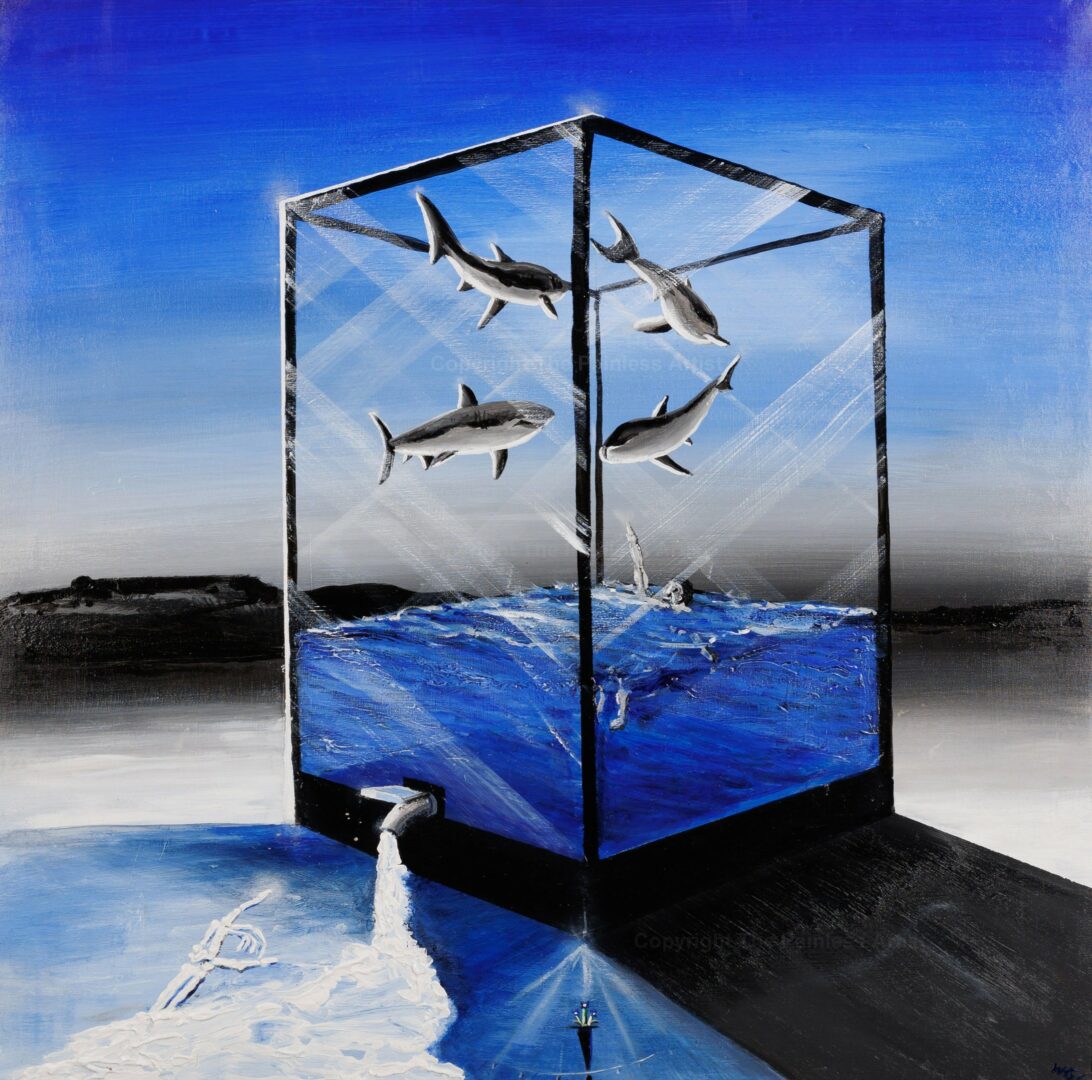
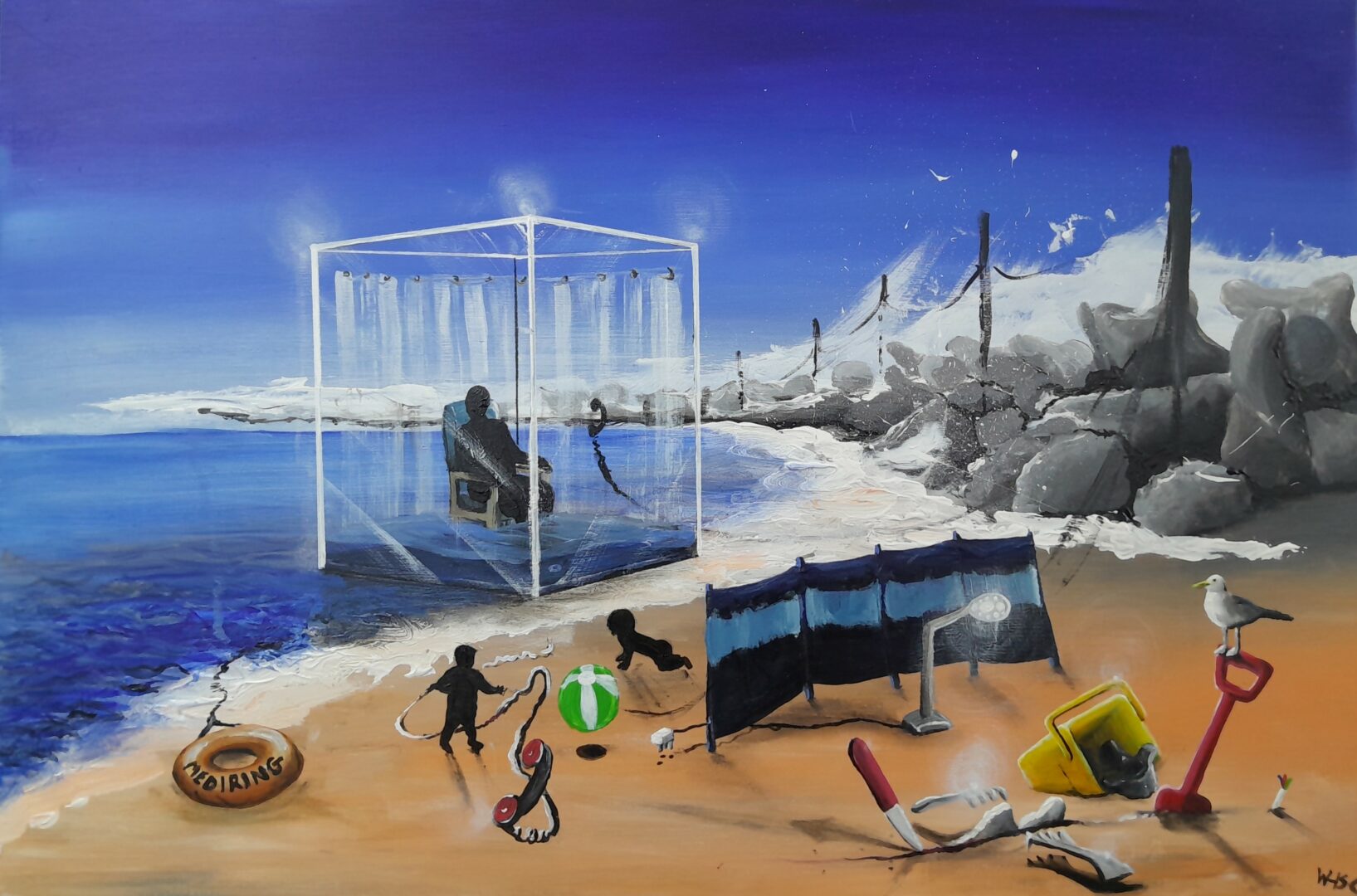
Image Credits
Wayne Howard-Saunders profile photo and artwork images were photographed by Ralph Hodgson.
so if you or someone you know deserves recognition please let us know here.

